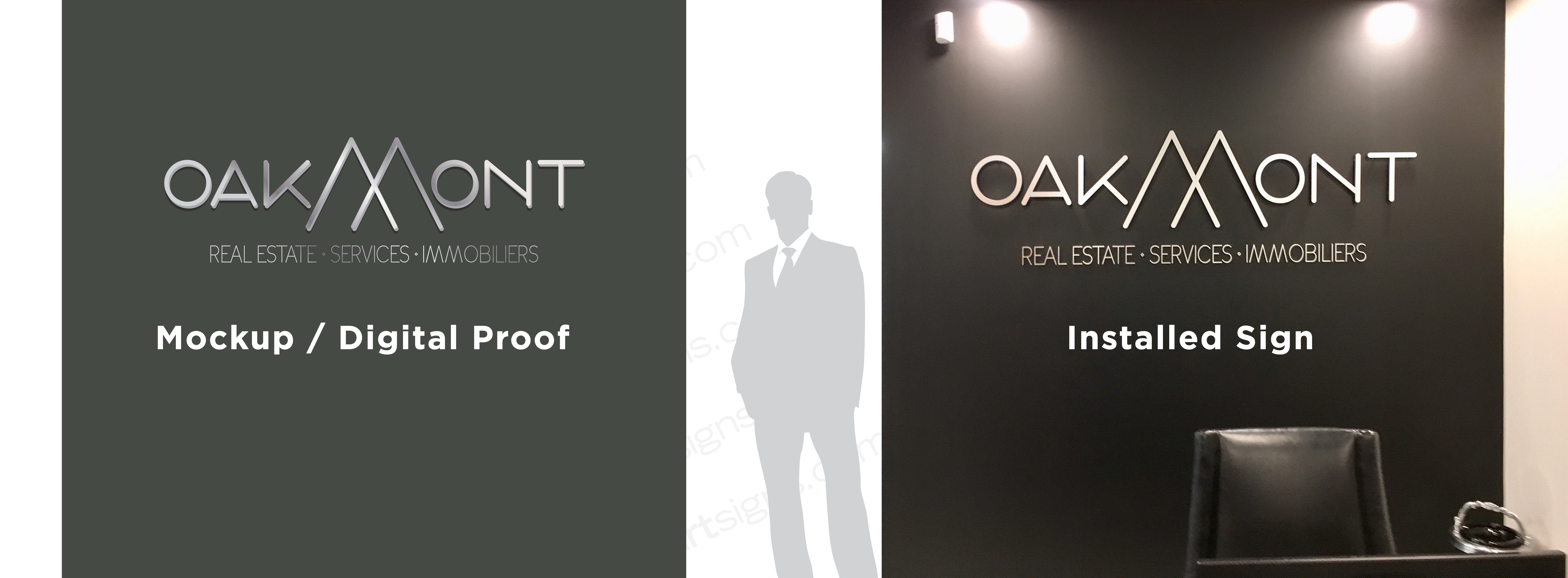We need original artwork in a specific format to produce your sign in 3D. This could be a file in either .EPS, .PDF or .AI format with vectors. You should be able to get this from the person who designed your logo.
We prefer Adobe Illustrator (V3, V.8, V.10, CS, CS2, CS3, CS4). However, we also accept artwork created by any other vector based program (ie: CorelDraw & AutoCAD). If you’re working with photoshop, be sure to use work paths and save using File > Export > Paths to Illustrator.
Check List for Adobe Illustrator
- Convert all your fonts to outlines.
- Save all artwork at a 1:1 scale.
- Check to see if all lines are connected.
- Check for and remove all double lines and duplicates of your artwork.
- Leave a 1⁄2″ space between all graphics and their enclosing materials.
- Keep all your graphics on one Layer.
Check List for AutoCAD
- Convert all lines to polylines. ( Type “pedit”, press enter, select the line(s) that you’d like to convert to polylines and press enter again).
- You can use the join command within pedit to make additional polylines.
- Your artwork should be in modelspace and in actual size 1:1.

